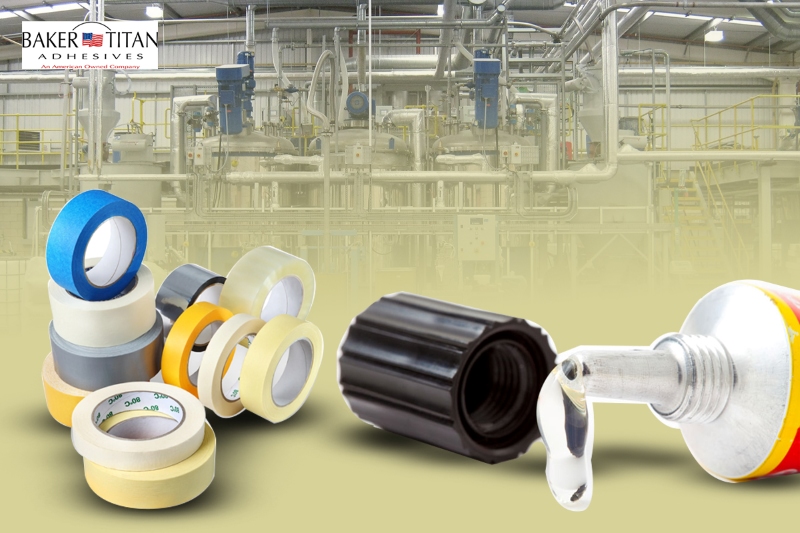Unveiling the Chemistry: Understanding How Corrugated Box Adhesives Work (Shopping - Other Shopping Ads)
Hot-Web-Ads > Shopping > Other Shopping Ads
Item ID 15565154 in Category: Shopping - Other Shopping Ads
Unveiling the Chemistry: Understanding How Corrugated Box Adhesives Work | |
The humble cardboard box, a mainstay in our daily lives, relies on a crucial component for its strength and security: corrugated box adhesives. But what exactly goes on behind the scenes to ensure these boxes hold up during transport and protect their contents? Let's delve into the fascinating world of box adhesive chemistry! At the heart of most corrugated box adhesives lies starch. Yes, the same starch found in potatoes and corn! This natural polymer undergoes a process called gelatinization when exposed to heat and moisture. During this process, the starch granules absorb water and swell, forming a thick, sticky gel that acts as the adhesive base. However, starch alone isn't strong enough for the rigors of everyday shipping. To enhance its performance, various additives are incorporated into the adhesive formula. These additives can include: Modifiers: They improve the flow and workability of the adhesive, ensuring it spreads evenly and bonds effectively. Plasticizers: These prevent the corrugated box adhesives from becoming brittle and cracking over time. Modifiers: They adjust the drying speed and ensure proper adhesion in different humidity and temperature conditions. The application of the adhesive is equally important. Most commonly, the adhesive is applied in a hot-melt form, where it's heated and sprayed onto the corrugated board before being pressed together. This process activates the gelatinization, creating a strong bond as the adhesive cools and dries. Visit us: https://www.baker-titan.com/  | |
| Target State: All States Target City : All Cities Last Update : Mar 07, 2024 3:15 AM Number of Views: 80 | Item Owner : Bill Zelman Contact Email: Contact Phone: 9732251070 |
| Friendly reminder: Click here to read some tips. | |
Hot-Web-Ads > Shopping > Other Shopping Ads
© 2025 Hot-Web-Ads.com
USNetAds.com | GetJob.us | CANetAds.com | UKAdsList.com | AUNetAds.com | INNetAds.com | CNNetAds.com | USAOnlineClassifieds.com
2025-02-23 (0.459 sec)